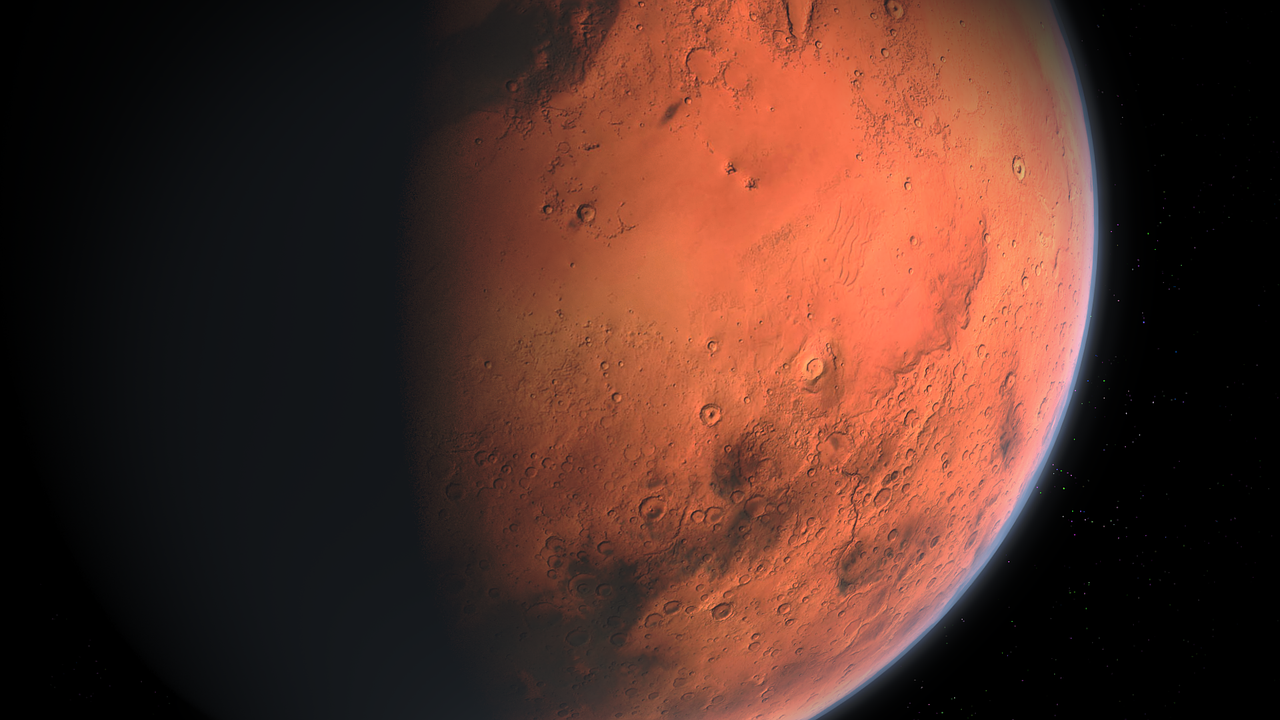This post is also available in:
 עברית (Hebrew)
עברית (Hebrew)
The first astronauts to reach Mars will be incredibly isolated since communication over such a long distance takes roughly seven months using existing technologies. NASA thinks the way to solve this issue is with laser-based communication and has been hard at work to improve its Deep Space Network with laser signal capabilities.
While laser communication can exist in many forms, one team of scientists is developing an experimental technology that could enable ultrafast communication between Earth and Mars using electrical pulses to manipulate magnetic information into a polarized light signal.
According to Interesting Engineering, this breakthrough is a big step forward for the field of spintronics, the study of the intrinsic spin of an electron and its associated magnetic moment. Scientists manipulate the spin of electrons in order to store and process information at incredibly high speeds and over long distances.
In this revolutionary study, the researchers transferred spin information from electrons to photons (light particles) so the information could be carried over great distances and at incredibly high speeds. This discovery shows incredible promise for ultrafast communication between Earth and Mars, as well as in quantum technologies.
Transferring electron spin to photons solved a significant issue with spintronics, which is that spin information is quickly lost and cannot travel far when electrons are taken out of the ferromagnet. Photons allow the information to be beamed across massive distances and at impressive speeds.
Looking to the future, the researchers say their method could be used for ultrafast communication over interplanetary distances. Despite slight potential variants due to the distance between Mars and Earth, it can take a laser roughly a minute to reach Mars.
This method is an incredible step forward from existing technologies and could prove crucial for the Mars mission, as well as the mental health of the astronauts or even future Mars colonists.


























